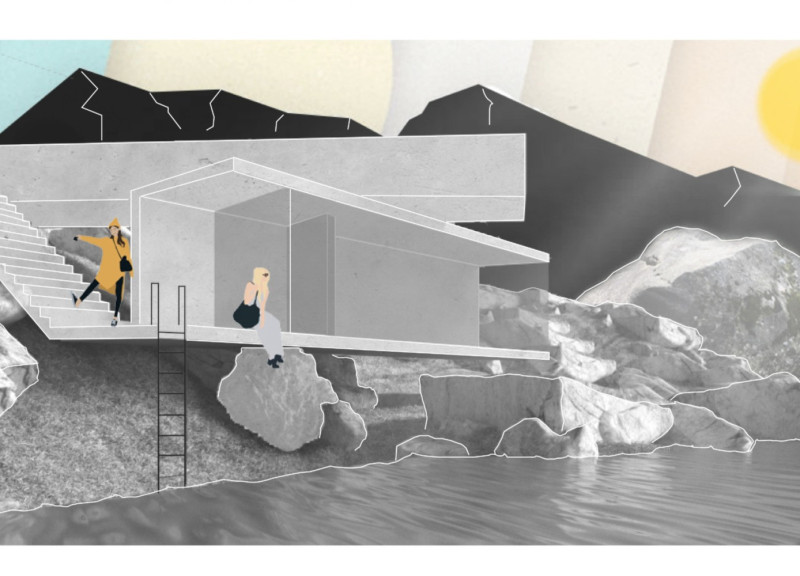5 key facts about this project
The project emphasizes balance and sustainability, focusing on recycling building elements to create a functional living space from materials often seen as waste. The design aims to support ecological practices while optimizing resources for future generations. Set between water and ground, the microhome harmonizes with the surrounding landscape, making it both practical and contextually relevant.
Design Concept
Resource availability and sustainability are key elements of the design approach. The project is closely linked to site-specific materials, demonstrating the importance of the environment in shaping architectural choices. A major goal is to encourage a new way of thinking about design, promoting construction practices that ensure materials can be used for generations to come.
Structural Elements
The microhome consists of connected structural components that work together to maintain stability. At the center is the housing unit, which features a covered entrance that is accessed from outside. The house is elevated on a single point or rests on a prominent boulder from the site. This raised position allows for a strong connection with the natural surroundings.
Functional Integration
Above the main structure, a secondary element serves multiple purposes. Designed primarily as a vegetable garden, it also functions as a water collection reserve and establishes a connection to the land beneath. This thoughtful integration of function showcases effective resource management and a commitment to environmental considerations.
Environmental Interaction
The housing unit opens to three sides, allowing considerable interaction with the outside world. This openness enhances natural light and air circulation, improving the quality of the living space. One window includes integrated solar panels, which provide a renewable energy source for the home, illustrating practical energy considerations.
The covered entrance features an overhang that offers protection from the elements while creating a smooth transition from outside to inside, allowing residents to experience the natural environment more fully.



















































